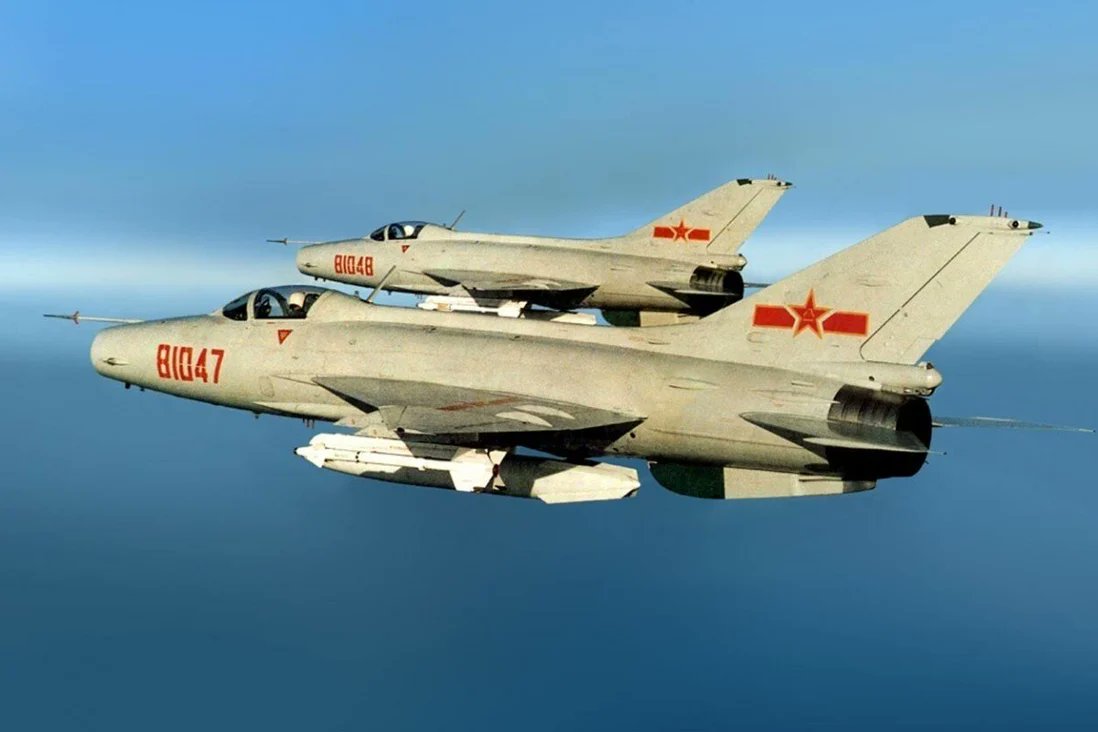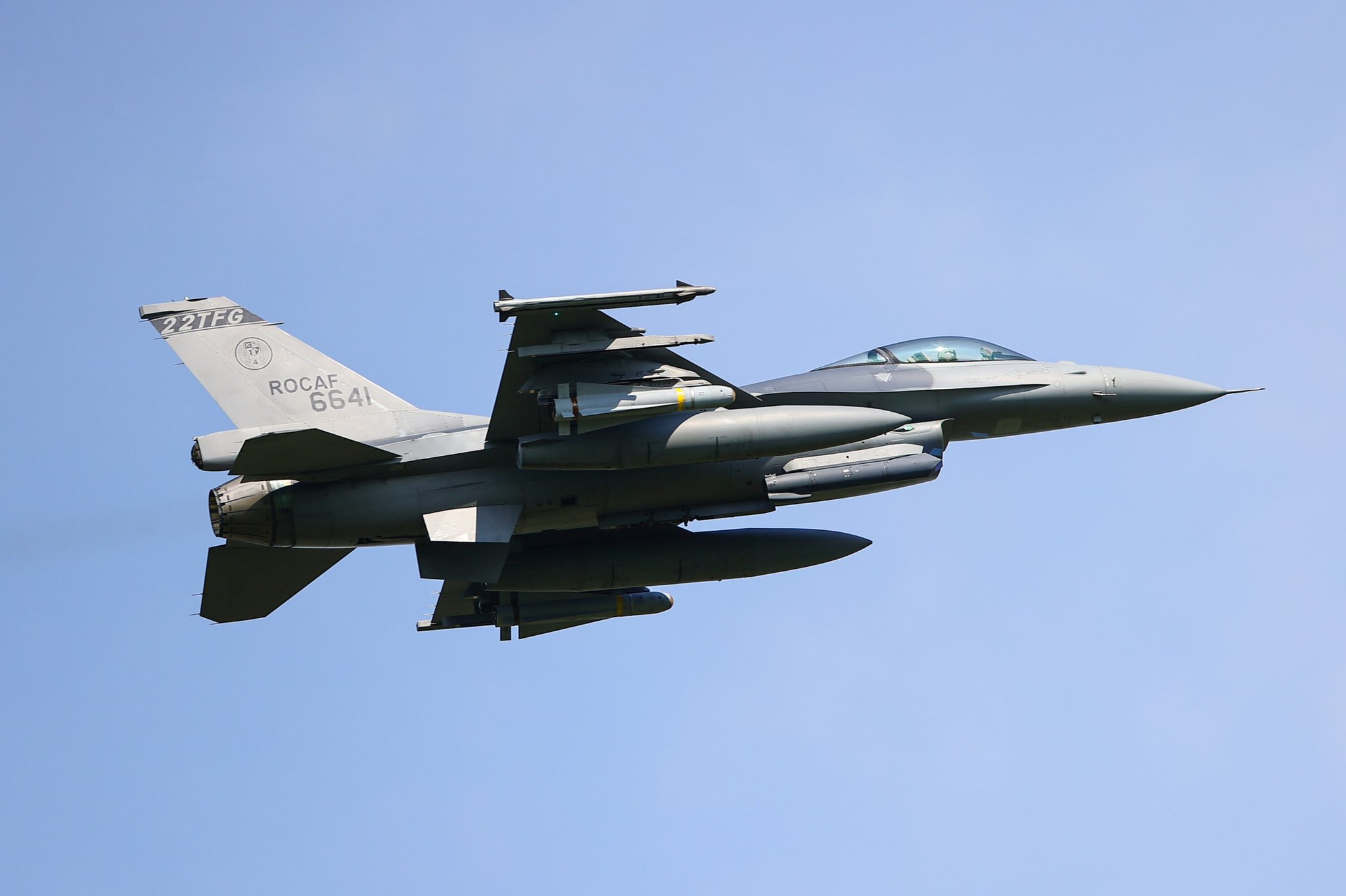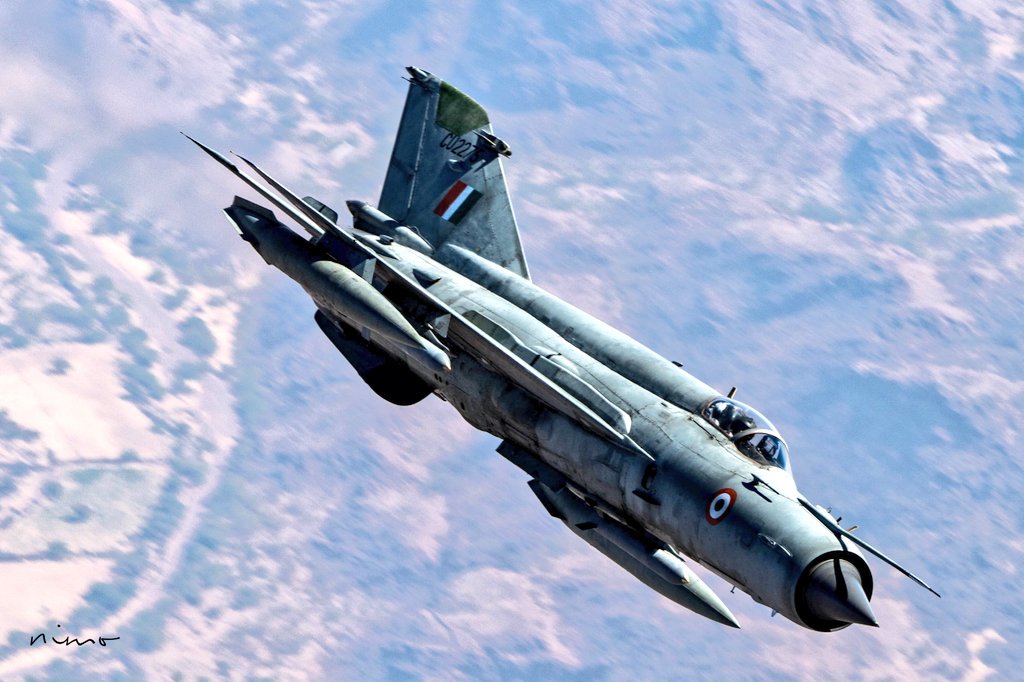US and Taiwanese forces fending off a Chinese assault on the island might be surprised to see the older and vintage J-7 fighters. Late in June, the Chinese People’s Liberation Army Air Force (PLAAF) reportedly sent the older J-7 fighters to conduct drills near Taiwan.
‘Flying Chernobyl’: US Says Russian Nuclear Missile Specifically Designed To Bypass US Air Defense System
Experts point out how even less advanced aircraft have a role to play and that overreliance on technology in warfare is also one of the areas China is trying to stand out from the United States.
China regularly conducts exercises in Taiwan’s Air Defence Identification Zone (ADIZ), which the latter and the US consider hostile while China perceives the island’s sovereignty claims to be invalid.
Beijing maintains Taiwan to be a part of mainland China and has been vocal about reuniting it militarily if the US crosses “red lines” or Taiwanese declare independence.
Taiwan’s defense authorities said in a statement that a total of seven PLA aircraft, namely a Y-8 electronic warfare aircraft, two J-16 fighter jets, and four J-7 fighter jets, entered Taiwan’s South Western Air Defense Identification Zone recently.

Force Multipliers
While Taiwanese experts believe that the J-7s could be practicing electronic warfare operations with the Y-8 electronic warfare aircraft, Chinese commentators perceive them as force multipliers, especially given the fact that the planes were the latest variants with near-contemporary electronics, avionics, and air to air missiles.
“They can serve as escorts to special mission aircraft and support more advanced fighter jets, Song Zhongping, a Chinese mainland military expert,” told the Global Times.
They can be equipped with advanced air-to-air missiles and mission pods to become competitive even today, and they could also be modified into unmanned versions, Song said.
Russia OKs Export Of S-500 Missiles That Can ‘Shoot-Down’ Stealthy, Hypersonic Fighter Jets
Taiwan’s air force said they were indeed J-7s and not drones, according to Liberty Times, ruling out the possibility that they could be used as unmanned drones for Suppression of Enemy Air Defence (SEAD) operations.
Swarming Tactic
This begs the question as to what the J-7’s role could be while alongside more advanced J-11, J-16, and facing Taiwan’s F-16s and F-CK-1s. For one, they add to the numbers, which can be overwhelming for even a technologically advanced force.
While even without the J-7, the PLAAF commands an overwhelming inventory lead, the plane’s use suggests it might be used taking into account intervention by US forces.

This is a classic swarming doctrine, where one simply gives too many targets for the enemy to shoot at, allowing some to get through.
Second, with a basic radar, moderately advanced electronics suite, capability to fire Medium Range Air to Air Missiles (MRAAM) and mission pods, allows lesser older planes to support more advanced ones, which might involve handling enemy interceptors. Such missions would most likely involve a compulsory electronic warfare aircraft as well.
While China plans to phase out the J-7 soon, it doesn’t mean it is as obsolete as India’s MiG-21 Bisons either – which themselves are not to be underestimated.
IAF’s MiG-21s have taken out USAF F-15s during Cope India 2003 exercises over Gwalior and claimed to shoot down Pakistan Air Force F-16 in the famous post-Balakot aerial duel in Kashmir in February 2019.

Thirdly, being manufactured within China itself allows the entire spare parts and industrial ecosystem around the plane to be controlled, which aids its upgrading. India on the contrary never manufactured the MiG-21s and therefore, had to depend on spare parts from Russia.
China’s Chengdu Aircraft Corporation knows the design and the blueprints that would allow it to upgrade and alter the plane. While India’s MiG-21s too were upgraded with advanced Israeli electronics, the aging airframe and lack of spare parts caused serious maintainability issues, leading to multiple crashes.
Taliban 2.0 Gives A ‘Royal Snub’ To Saudi Arabia & UAE; Steers Afghanistan Away From ‘Islamic Idols’
And lastly using older aircraft points towards a possible “swarming” attack to be actually used against Taiwanese and US forces that Pentagon-commissioned war games have repeatedly shown ends badly for the US.
Does China Have Edge Over The US?
Conducted by the Rand Corporation, all scenarios have shown China simply opening the floodgates of thousands of aircraft, boats, and ships that can easily overrun any enemy defenses.
This is not to mention how China also possesses the “home advantage” of having better logistical support since it is attacking from its homeland as against the US which is thousands of miles away.
Such a practice of using older but heavily upgraded equipment is also found with Russia, which employs T-72 B3 and B4 tanks that are still comparable with Germany’s Leopard-2 and M-1A2.
Air Vice-Marshal Manmohan Bahadur (Retd) of the Indian Air Force had previously said on a separate issue, that, “Wars are not fought between aircraft, but between systems, operational doctrines and war-fighting philosophies. It comes down to how a country uses what it has in battle.”




